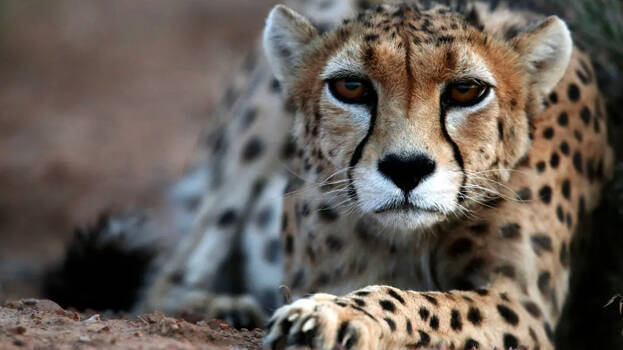Are you looking to start a hobby in digital photography? Do you want to start a career as a photographer? If you’re new to the world of digital photography, you must know as much as you can about digital images.
You have to know what digital images are. You must also need to know what file formats digital images can come in.
This guide will teach you everything you need to know about digital images. Read on to learn more.
What Are Digital Images?
The days of old photography are over. Those days, you had to carry bags full of equipment and rolls of film. Today, all you need is a digital camera and certain types of technology.
Digital photography has given way to digital images. Not all digital images are created equal. So, what is a digital image?
It’s a file that contains graphics data. There are two main ways to store a digital image.
A digital image can be stored as a raster image file. It’s constructed in the form of a grid of pixels. The image may come in a compressed or uncompressed way.
A vector image file can also store a digital image. This type of file creates images from mathematical formulas. This may require you to resize the image.
Creating Digital Images
You must know the difference between these two formats. By knowing the difference, you can choose the right format. This will help you maintain the quality of the image.
You can resize a raster image file, but it comes at a cost. Doing so can compromise the quality of the image.
Flexibility is a plus with a vector image file. It might be the better option for creating graphics.
The good news is that there are certain tools you can use to enhance a digital image. Try using an image enhancer to improve details on an image. It can even fix a dark image and adjust tones.
The Different Image File Types
There are different types of image file formats you must know about. The most common image file type is the JPG. Most digital cameras use it as their standard for still images.
This file image type has an extensive color palette. It also comes in a small size.
A GIF is great for digital images that have low color variation. It works best for animated content. GIFs have a small size, so they’re quick to upload.
A PNG is an alternative to the GIF. It has a higher color depth than a GIF. It also offers great transparency when compressed.
Become Familiar With the Aspects of Digital Images
Creating digital images has never been easier. If you’re new to the world of digital images, you can use this guide to help you learn everything you need to know. Focus on learning the different types of file formats, as well as the different types of image files.
Make sure to explore the rest of our blog to continue reading more great articles.







